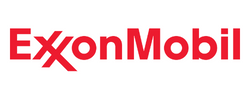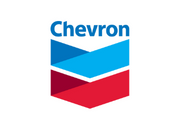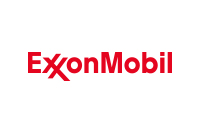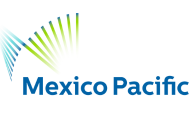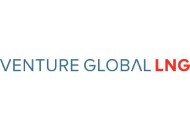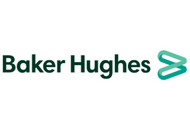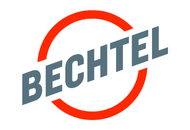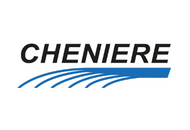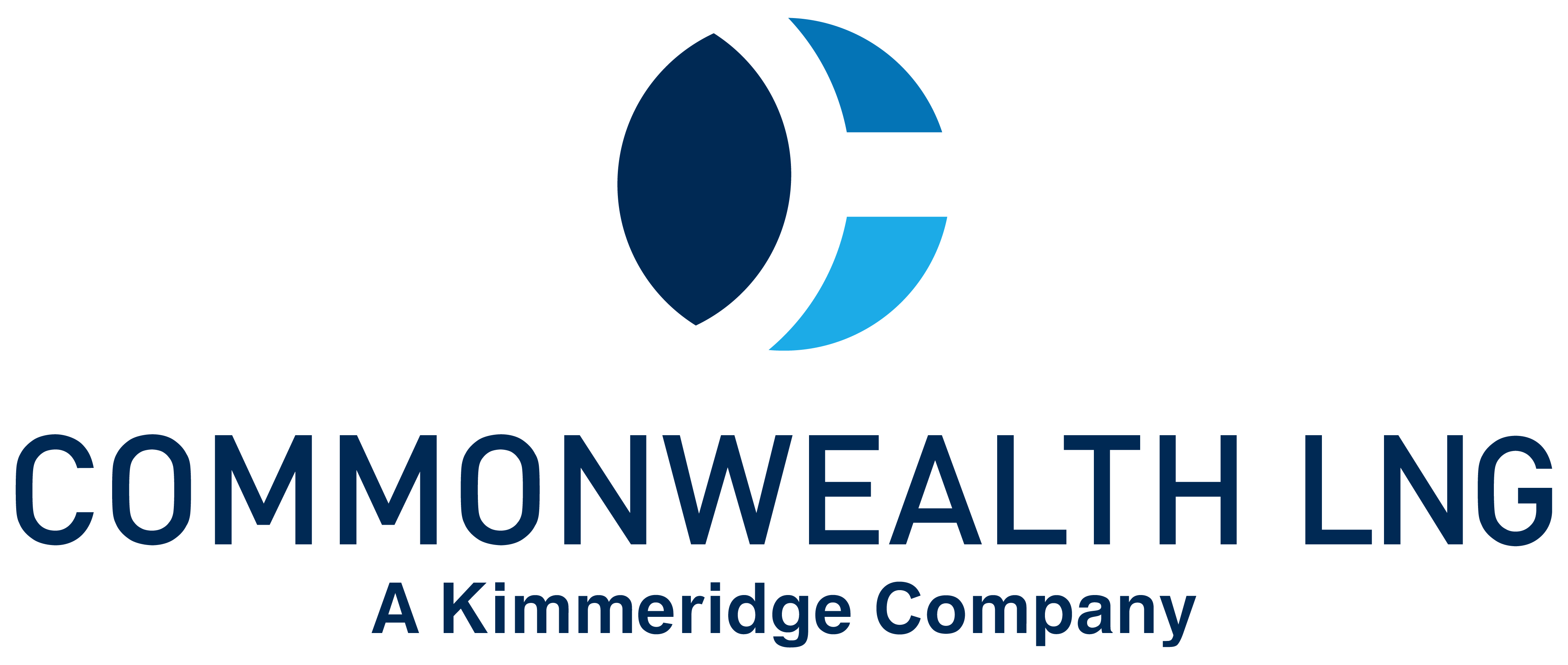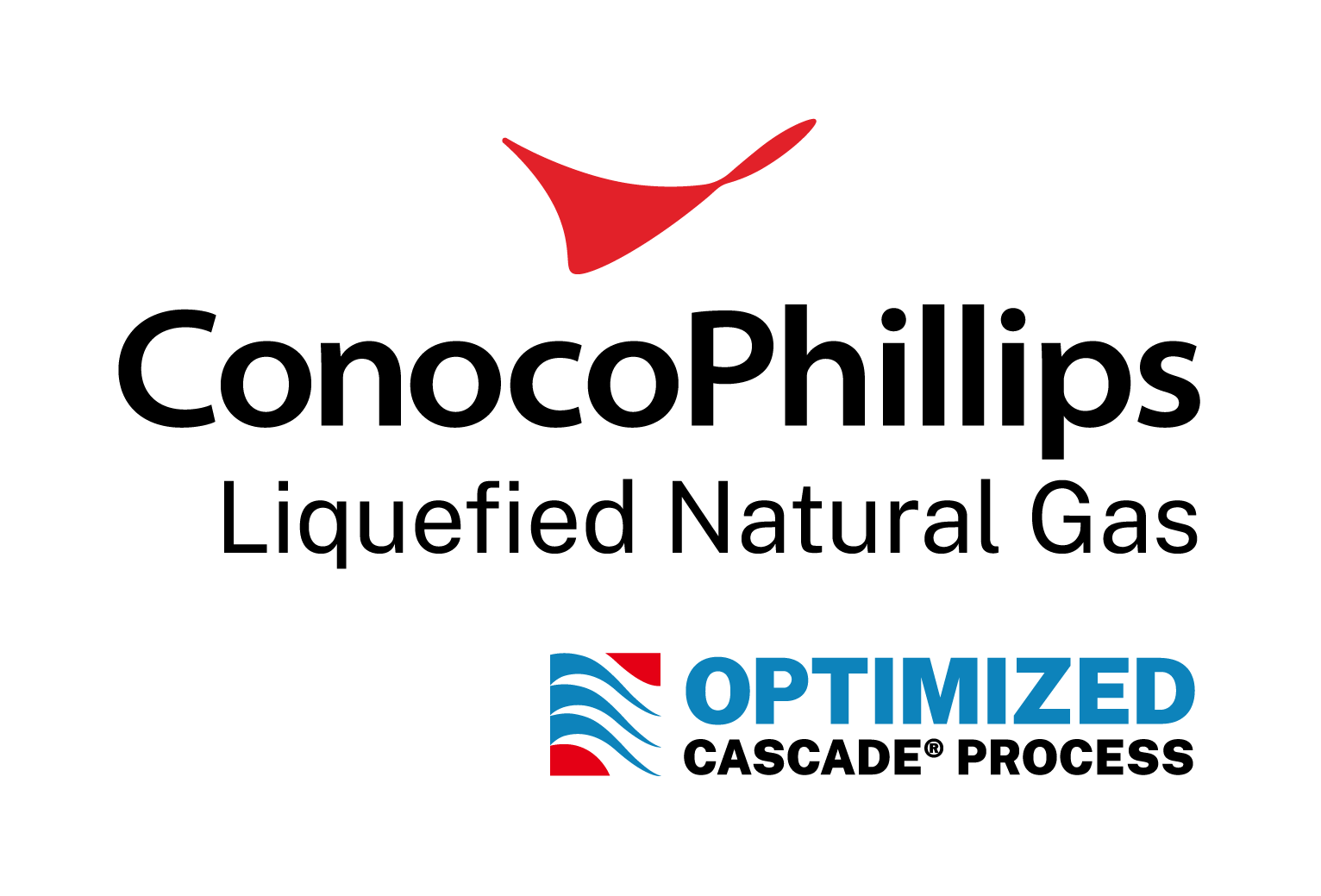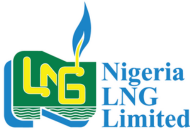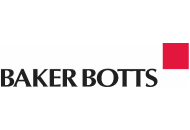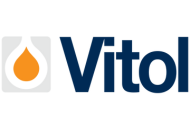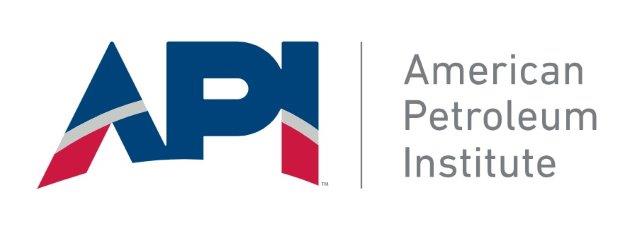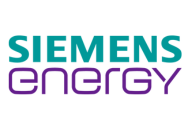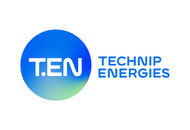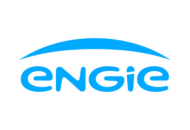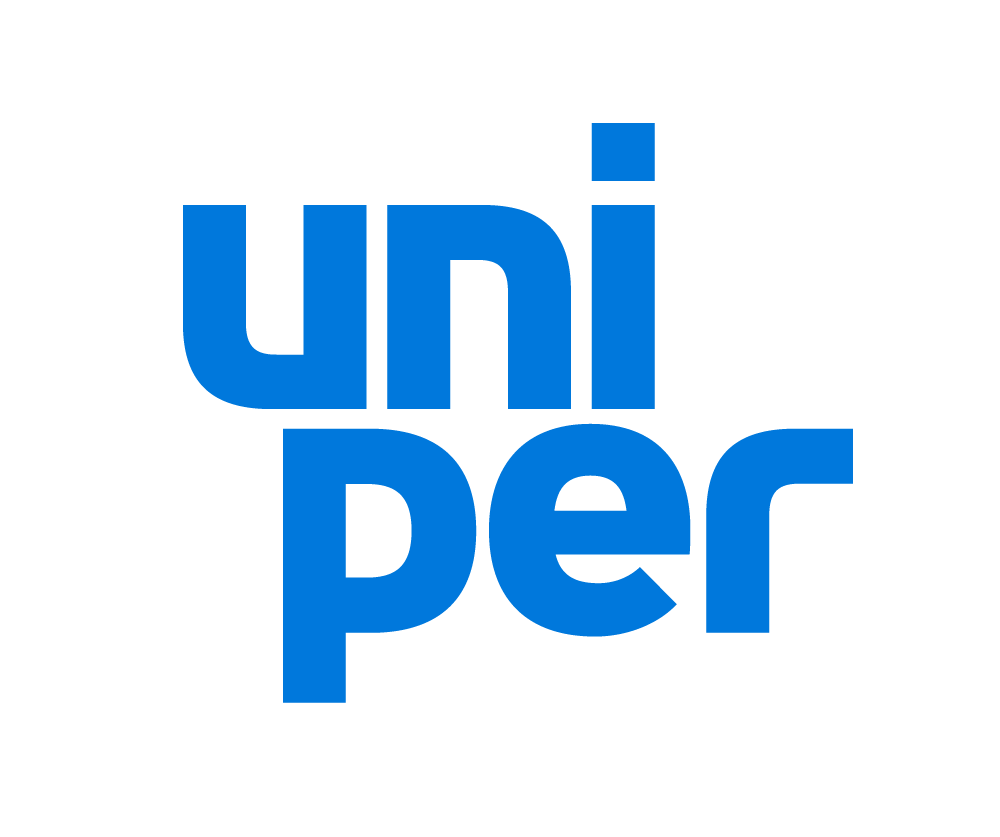Developing safety requirements and revised guidelines for liquefied hydrogen carriers through experiences of classification
Hydrogen conference session - Hydrogen shipping
Description:
ClassNK is working towards decarbonization for marine industry, by developing safety requirements and specific guidelines for new technologies, such as a use of hydrogen and ammonia as marine fuels. Particularly in regards to the transport of liquefied hydrogen, ClassNK was the first to issue guidelines for liquefied hydrogen carriers, and conducted the safety evaluation and inspections of the world's first liquefied hydrogen carrier, the "Suiso Frontier", built by Kawasaki Heavy Industries, Ltd. and granted it classification.
ClassNK is also currently progressing review for the 160,000m3 liquefied hydrogen carrier under development by Kawasaki Heavy Industries, Ltd. and had issued Approval in Principle for it’s "Cargo containment system", "Cargo handling system", "Dual fuel main boiler", "Dual fuel generator engine" and "160,000m3 LH2 carrier integrated design", separately.
For liquefied hydrogen carriers, IGC Code and “Interim Recommendations for Carriage of Liquefied Hydrogen in Bulk, Res.MSC.420(97)” are the basic set of the requirements applicable to the design and construction. In addition, ClassNK had developed specific “Guidelines for Liquefied Hydrogen Carrier (Mar 2017)" to provide more specific and supplementary requirements as well as incorporating the requirements of the IMO Interim Recommendations.
Currently, ClassNK is working to revise the guidelines by mainly feeding back experiences and knowledge gained through the review of the pilot ship mentioned above. In the revision, the following requirements are newly developed with a brief overview.
The detail and practical procedures for comprehensive risk assessments are developed. In the procedures, the screening to determine the target systems and component to be evaluated will be conducted firstly. In the screening procedures, it is recommended to use a method of system architecture to organize the system components as well as a relationship to hydrogen, considering the purpose of risk assessment focus on the risks arising from hydrogen. After the determination of the target, appropriate risk assessment methods such as HAZID, HAZOP, and FME(C)A, will be selected and conduct for each group of systems.
As for the individual cargo machineries and equipment handling hydrogen, it is newly required to apply a new risk-based technology qualification scheme as specified in ClassNK's "Technical Qualification Guidelines (Mar. 2022)”. This technology qualification scheme includes process of conducting risk-based technology assessment, development and execution of a qualification plan, and issuance of certification, finally.
In addition, it is originally required that the validity of comprehensive safety measures against hydrogen fire to be evaluated in the risk assessment. In the revision, the recommended detailed evaluation procedures are developed. In the procedures, the designer creates a philosophy of comprehensive safety measures against hydrogen fire, and the measures such as prevention of leaks, elimination of ignition sources, and ventilation, etc. against hydrogen fire and explosion will be organized and evaluated in the risk assessment.
Furthermore, the requirements for safety measures related to the potential generation of liquefied oxygen around cargo handling equipment, etc., which are unique to liquefied hydrogen are revised and partially added in the guidelines.
In the presentation, newly revised requirements as mentioned above with the specific application examples will be introduced.
Speaker/ Author

Tsubasa Ando
Manager
ClassNK


